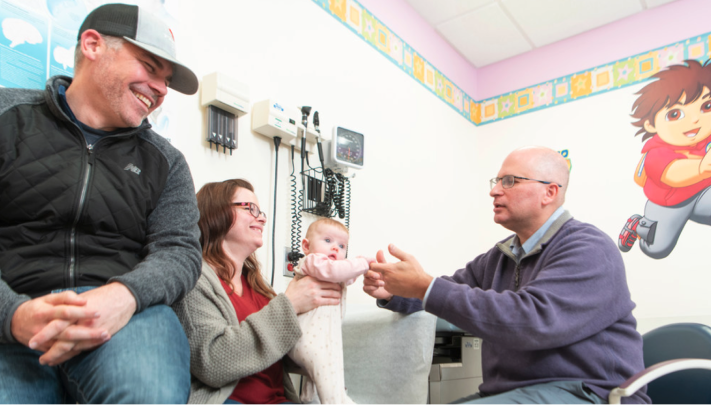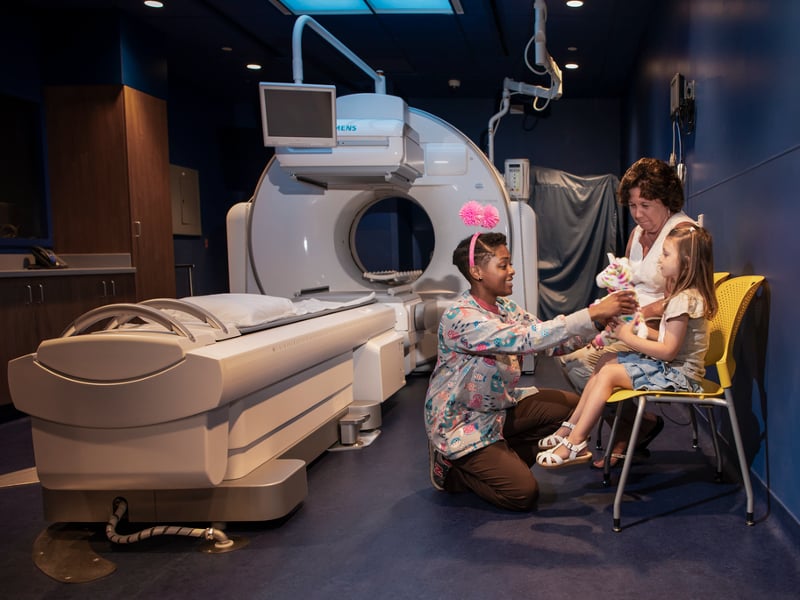Treatment
Pediatric Cecostomy Tube
Key Points about Cecostomy Tube
- Cecostomy is surgery to clear a child's bowels of feces when other treatment has not worked. It is used for children with fecal incontinence caused by major health problems.
- Infection, mechanical failure or bleeding/irritation at the tube site are a few risks of the cecostomy surgery.
- Putting the cecostomy tube in place is just the first step in easing fecal incontinence; follow-up care is needed.
- The night before the procedure, your child will likely need to drink a laxative solution that cleans out the bowels.
- Your child will need to stay in the hospital for the procedure to insert the cecostomy tube. The stay often lasts 1 to 2 days.
When undergoing a cecostomy tube procedure, your child will see pediatric experts from multiple specialties including the Interventional Radiology and Colorectal teams at Children's National Hospital.
Frequently Asked Questions
What is a cecostomy tube?
Why might my child need a cecostomy tube?
What are the risks of a cecostomy?
How do I help my child get ready for a cecostomy tube?
What happens during a cecostomy?
What happens after a cecostomy tube surgery?
Departments that Offer Cecostomy Tube

Pediatric Colorectal & Pelvic Reconstruction
The Division of Pediatric Colorectal & Pelvic Reconstruction offers the latest advancements in diagnosis and treatment for all types of pediatric colorectal disorders.

Interventional Radiology
Children's National interventional radiologists perform a full range of minimally invasive, image-guided procedures to both diagnose and treat disease in infants, children, and adolescents.

Gastroenterology, Hepatology and Nutrition
Our gastroenterology experts provide expert diagnosis and treatments for children with digestive, liver and nutrition disorders.



